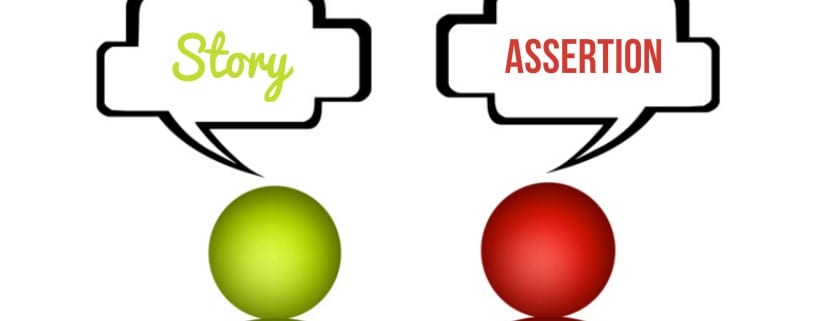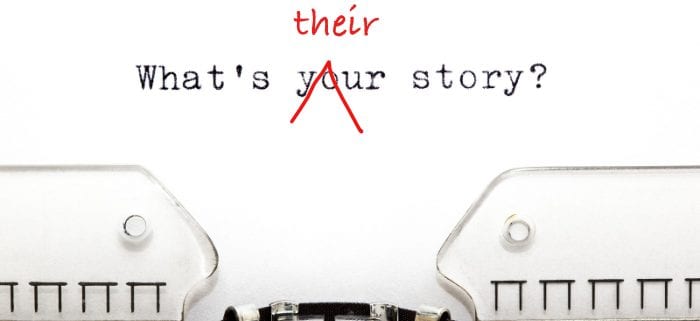
Story vs. Assertion: Which Is Better For Your Brand?
One of the first things we do in our Business Storytelling Workshops is give respondents a mini-quiz to see if they can tell the difference between a story and an assertion. It is rare indeed when anyone gets all or even most of the answers correct. Albeit a common mistake, I’d like to show you why this mistake can have negative consequences for your company and, by extension, its brand.
First, and especially in a business setting, assertions and stories are tools used to make a point. The difference is in how the point gets made. An assertion makes the point through a statement of opinion or belief. A story makes the point through the description of an event that has already happened or will happen sometime in the future.
Consider these two examples:
First the assertion:
“Introducing New Coke was an egregious error in judgement made by negligent management. They should have taken into consideration that emotional bonds people have with brands can be very strong.”
Personally, upon hearing this at a meeting I once attended, I was turned off by the speaker. Based on my studying the New Coke failure, I thought that referring to the failure as “an egregious error in judgment” was an ill-informed oversimplification. Additionally, I didn’t like the insinuation that knowing about the strength of any brand’s emotional attachment should just be thought of as common sense.
You may disagree with the reasons for my strong reaction. That’s not the point. The point is that assertions always present the risk of disagreement. To assume that everyone is going to agree with you can backfire. Especially when the risk of disagreement is high, it is better to rely on a story leading up to your point.
Contrast the above assertion with this story used to make a point:
When Coke saw that New Coke performed better in taste tests than the current Coke, they confidently introduced it with a great deal of fanfare. Yet, Coke drinkers didn’t just reject New Coke. They revolted against it. They told Coke it was destroying something they had grown up with. Can you imagine how baffled Coke must have been when they found this out? Clearly, this points to the strength of the emotional bond that consumers can have with a brand. It can be so strong that it outweighs rational considerations given to taste or other attributes.
And yes, it took a little longer to get to the point.
However, when the point is made about the emotional power of brands, it gets served up as an assertion that is inescapable. This is one of the reasons it has been said that stories persuade without getting in their own way.
The challenge and how to meet it:
Again, the challenge is to become aware of whether you are asserting something or telling a story. Stories come in a number of different forms. But if you were to take any story apart, you would generally find these elements:
Time markings: Stories imply or directly state that something happened in time. eg. In 2001…,” “Just the other day” “Last Tuesday …” “When we last spoke to the CEO …” The archetypal time marking is, of course, “Once upon a time” but that’s not one you want to use in a business setting.
Place markings: Just stories imply or state that something happened in time, the same is true for place. eg.“We were outside his office …” “At the basketball tournament…” However, sometimes the place is nondescript. “Our representative met with their President, ” could suggest that a meeting took place at the President’s office or possibly by telephone. Either way, the meeting occurred at a place.
Characters: Stories: Stories feature a “personified it.” eg. Besides being a person, the “personified it” could be a company, an animal – anything that performs an action. “The brand died an ignominious death.”, “The tree lost its leaves early this Fall.”.
Events: The biggest signal that a story is being told is when an event is described as in all of the examples above.
Click here to learn all there is to know about telling your brand’s story.




